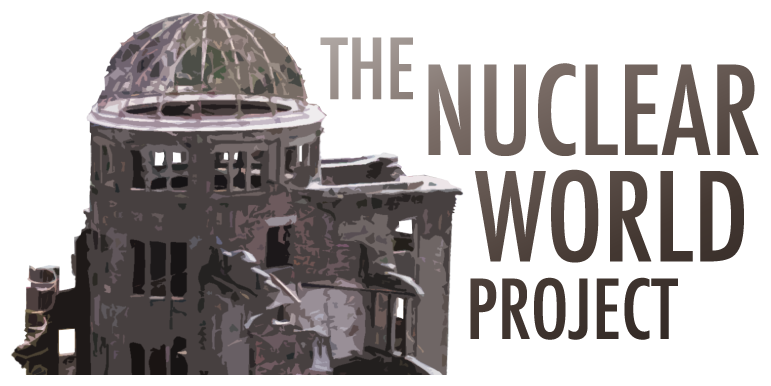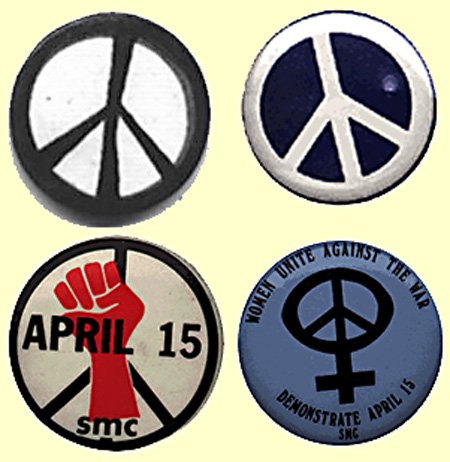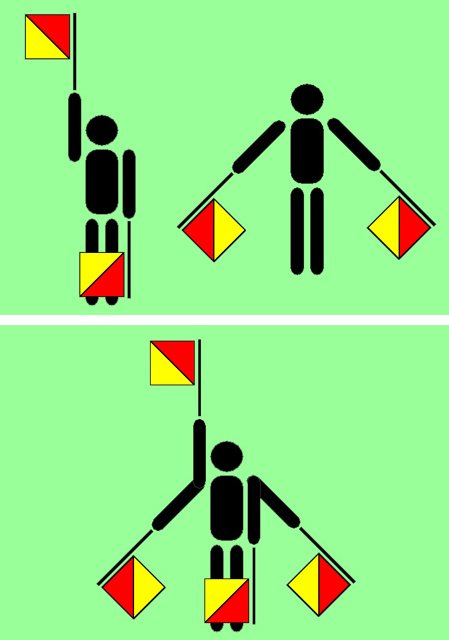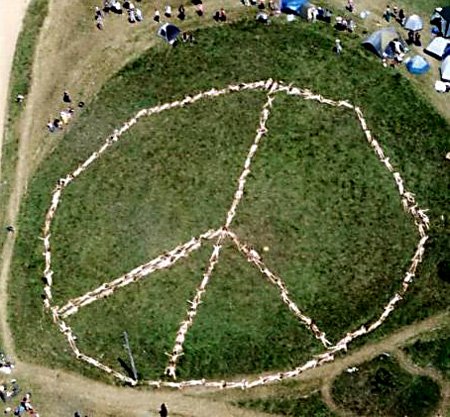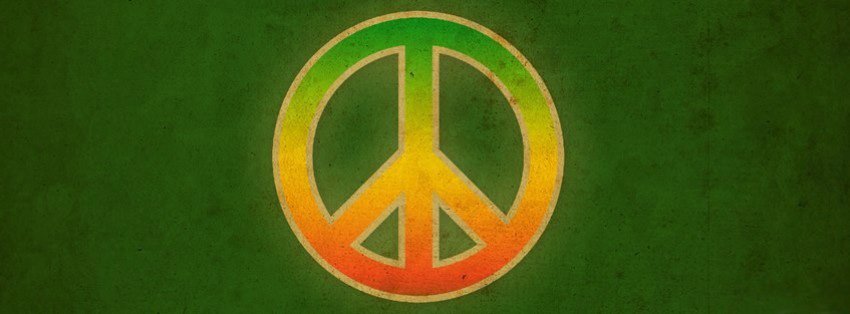
Origins of the Peace Sign
This month, the venerable peace symbol turns 50.
Here’s a look at the symbol and its surprising origins.
Written by Gene Gable on February 27, 2008 (Link to original post)
It was fifty years ago this month that the peace symbol first appeared, a design conceived by British graphic artist Gerald Holtom as a symbol for nuclear disarmament. The simple intersection of three lines inside a circle has endured as one of the most recognizable icons in the world and has been associated with a number of peace and social justice movements. Many people have speculated on just what the symbol represents; some religious zealots even claim it signifies Christ on the cross with arms broken, or a Teutonic rune representing death and despair. But the truth is not so mysterious.
In 1958 a group of peace activists, clergy, and Quakers in Great Britain were organizing a rally to draw attention to the growing worldwide stockpile of nuclear weapons. The rally, which would eventually draw more than 5,000 people to Trafalgar Square in London, was to be a peaceful walk to the town of Aldermaston, site of an atomic weapons research plant.
Holtom, a commercial artist and textile designer involved in the movement, suggested that the demonstrators carry flags and posters with a simple visual symbol he had created. A graduate of the Royal College of Arts, Holtom presented his design to the Peace News office inLondon and to the Direct Action Committee Against Nuclear War (one of the founding organizations of what would become the Campaign for Nuclear Disarmament, or CND).
A conscientious objector during World War II, Holtom acknowledged two inspirations for his design. He combined the military semaphore (flag) symbols for the letters “N” and “D” to represent Nuclear Disarmament.
Later, in a letter, Holtom also admitted that the symbol reflected his mood at the time. “I was in despair,” he wrote. “Deep despair. I drew myself: the representative of an individual in despair, with hands palm outstretched outwards and downwards in the manner of Goya’s peasant before the firing squad. I formalized the drawing into a line and put a circle around it.”
The CND adopted the symbol as its logo, which it still uses today. Aside from the banners and signs carried by that first group of protestors in 1958, a member of the CND, Eric Austin, made the first black-and-white peace-sign “buttons” made from fired pottery.
From its association with nuclear disarmament, the peace symbol quickly spread to other peace-activist groups. In America the first spotting of the symbol was in the early 1960s and was associated with the civil-rights movement. Bayard Rustin, a key figure in civil rights, was one of the participants in the 1958 Aldermaston march and a likely importer of the symbol.
During the Vietnam War the peace symbol was widely used in anti-war protests and at one point was mocked by pro-war forces as “the footprint of an American chicken.” During the Apartheid regime in South Africa, a government effort was made to ban the symbol.
The CND never copyrighted the symbol and allows it to be used by anyone.
In Peace: The Biography of a Symbol, a new book on the history of the peace symbol, author Ken Kolsbun says the symbol “continues to exert almost hypnotic appeal. It’s become a rallying cry for almost any group working for social change. I’m fascinated by the simplicity of the peace symbol and how people have used it, worn it, adapted it. Each iteration of the symbol seems unique, because it bears the artistic touch of the person replicating it.”
Happy birthday, peace symbol. Long may you reign!
The many faces of peace, all represented by Gerald Holtom's unique symbol. The upper-left button is a reproduction of the very first peace-symbol badge produced in 1958 by the Campaign for Nuclear Disarmament.
The semaphore symbols for the letter "D" and "N" (top) and then combined (bottom) to represent Nuclear Disarmament.
Two sketches for the 1958 protest march as drawn by Gerald Holtom, showing the first representations of the peace symbol.
During the Vietnam War the peace symbol was used extensively by anti-war protestors. Left is a 1968 poster from the Peace Action Council, and right is a 1967 poster from Tarot Press in Los Angeles.
The open areas of the peace symbol and its sheer simplicity has lead to many adaptations. Here, from two 1960s matchbooks, are an American flag version and an ecology version.
Often associated with the psychedelic movement, the peace symbol represented love as well as peace. The top-left example is a 1971 black-light poster; the bottom-left image, also from 1971, is "Peace Girl" from Pomegranate Posters; and right, a 1968 poster, artist unknown.
Throughout the world, the peace symbol has been used by all sorts of groups as a symbol of cooperation and unity. Here is an aerial shot of an all-nude human peace sign, one of many found at the Web site Naked for Peace.
